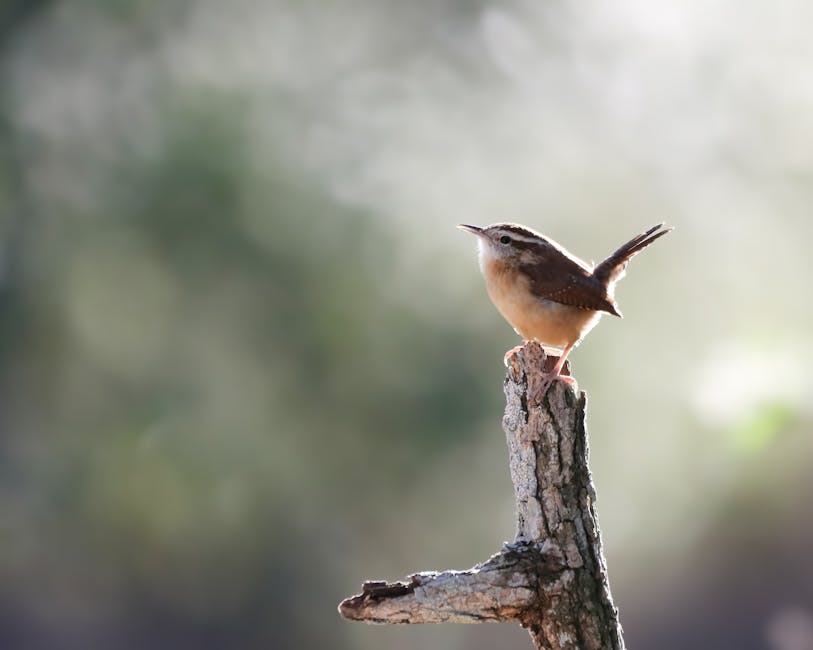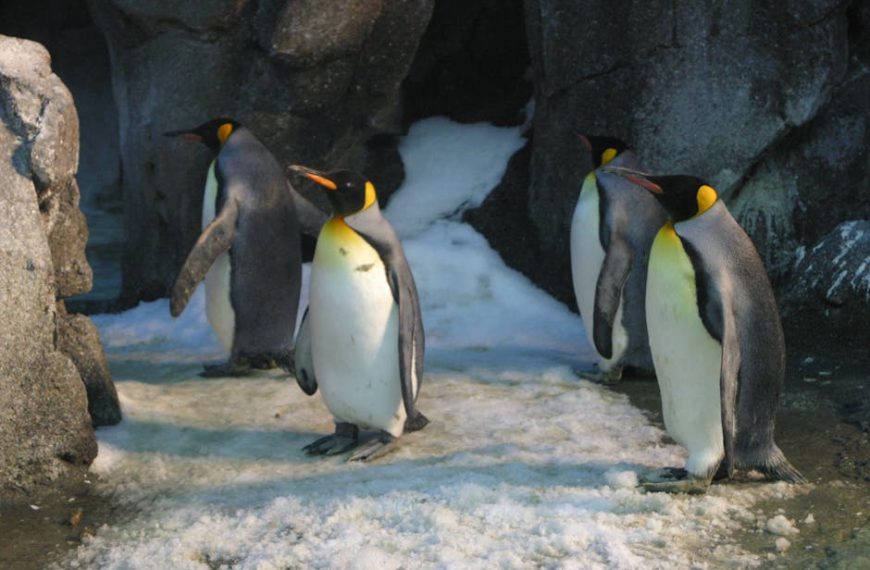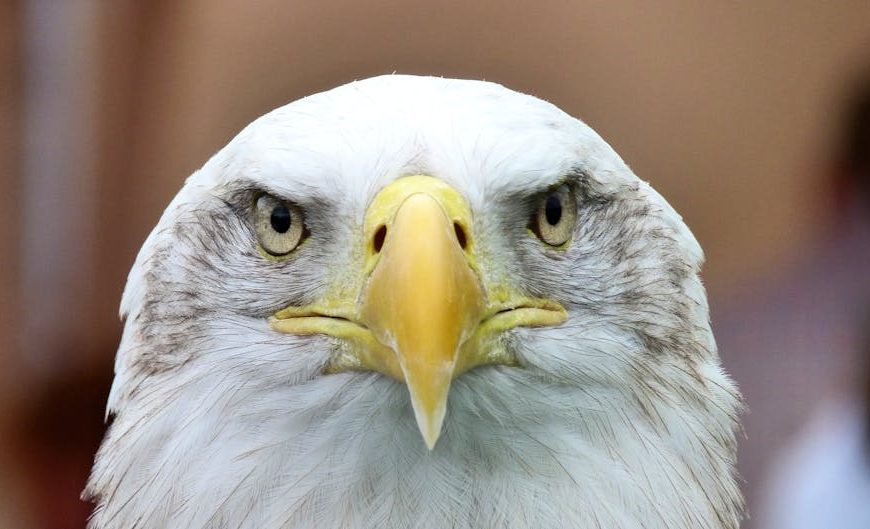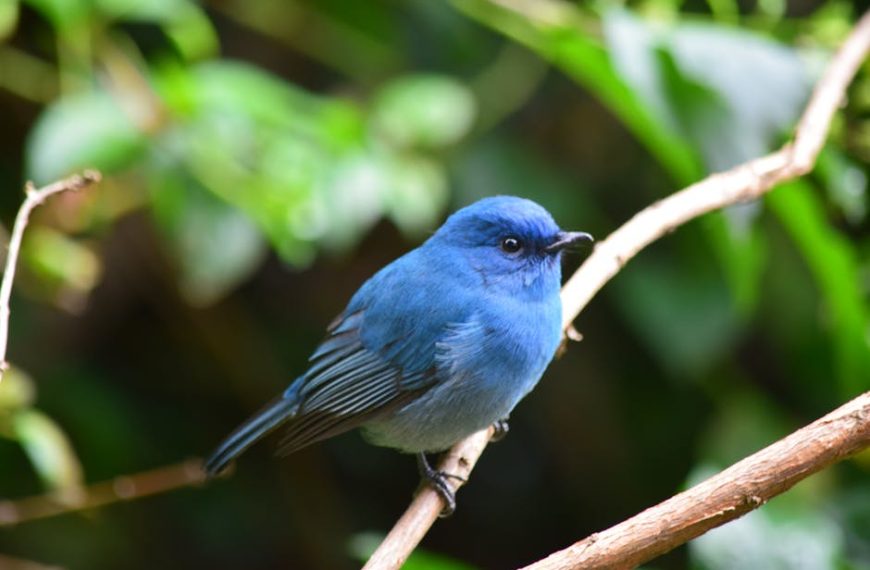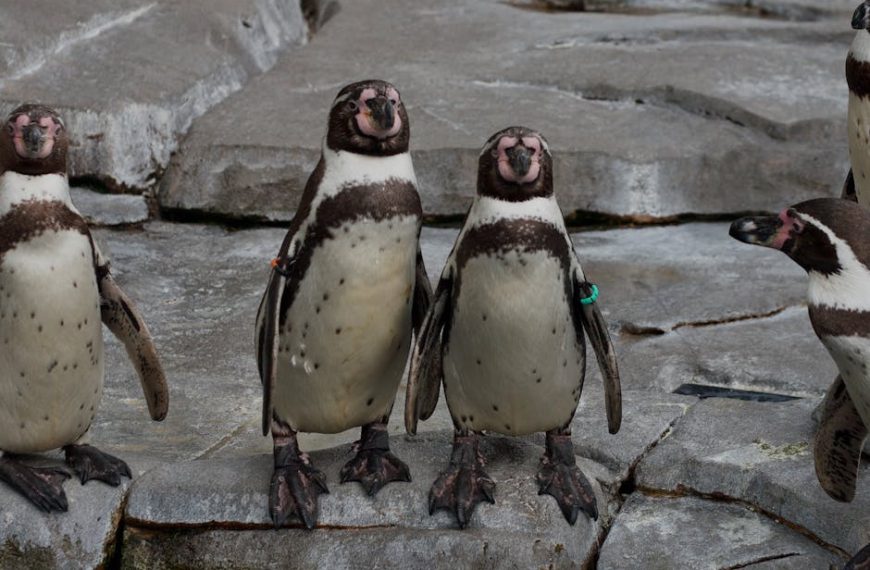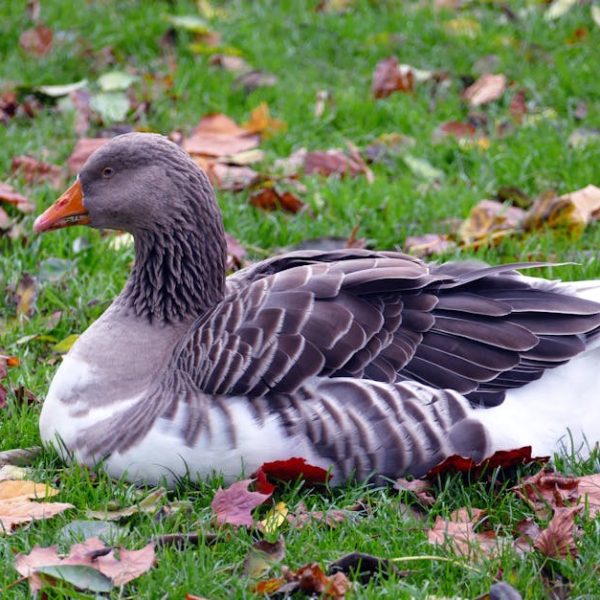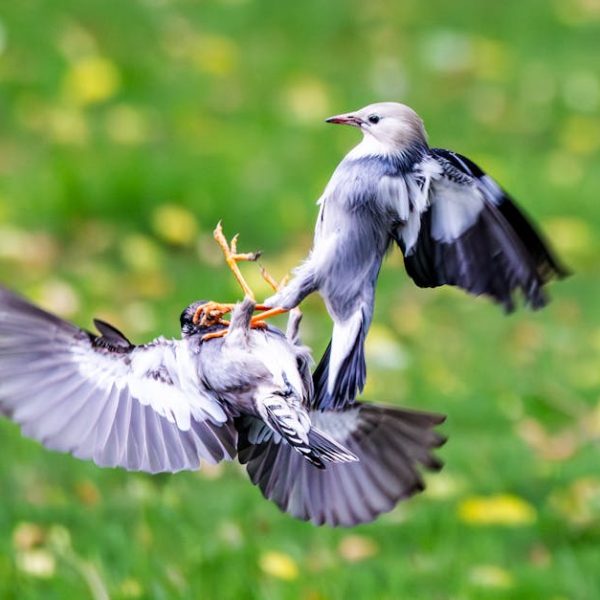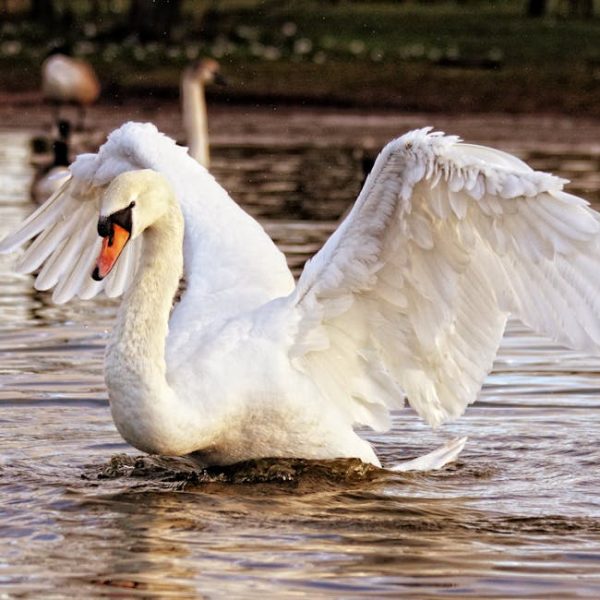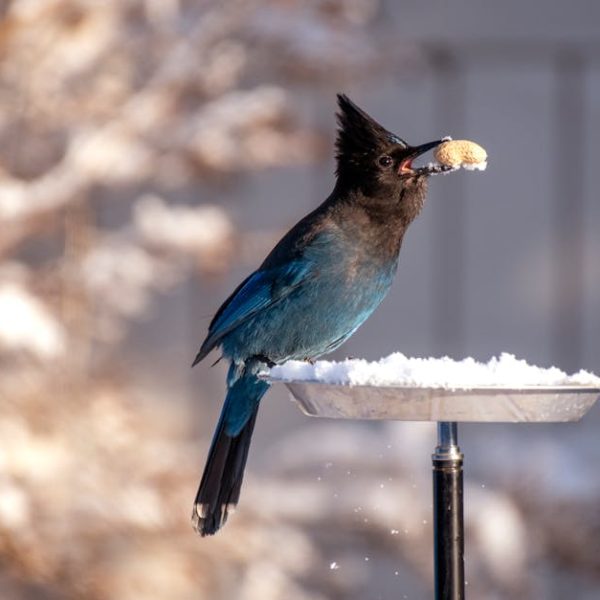Birds have evolved marvelously for the act of flight with their physical characteristics crafted meticulously by nature. The avian skeletal system is a model of lightweight engineering, with bones that are not simply hollow, but cleverly reinforced by struts providing strength without any significant weight gain. This lightweight design extends to their beaks too, which replace the heavier jaws and teeth found in mammals. They are an essential part of the bird’s aerodynamic body structure, without which, flight would be quite challenging.
This bird anatomy wasn’t just randomly designed, it is the result of millions of years of evolution and adaptation for the specific purpose of flight.
Key physical characteristics that enhance a bird’s ability to fly include:
- Hollow bones: Promote lightness thus aiding flight.
- Beaks: Lighter than jaws enabling easy soaring into the air.
- Aerodynamic body structure: Limits drag and resistance, ensuring efficient flight.
- High Metabolic Rate: Supports the high energy demands required for flight.
Fascinating Features of Feathers
Feathers are quite an extraordinary feature of birds. Benefiting beyond flight, they aid in providing insulation, waterproofing, and even adding to the birds’ mating rituals. They play a crucial role in the flight mechanics of birds, including lift, thrust, and special maneuvers such as hovering and reversing flight.
Different types of feathers serve specific functions. For instance, down feathers provide excellent thermal insulation, while flight feathers strengthened with stiff rods, ensure optimal lift. Contour feathers give birds their streamline shape, critical for flight, and add to their coloration, aiding in camouflage and mate attraction.
Unlike other creatures who possess skin or fur, birds with their unique feathering system have an exceptional advantage in surviving diverse conditions.
Respiration and Circulation – A Bird’s Survival Mechanism
Supporting a high rate of metabolism for flight, birds have a unique and efficient respiratory system. The avian respiratory system facilitates a constant airflow through the lungs, which is quite different and arguably more efficient than the tidal airflow mechanism seen in mammals. This system coupled with air sacs ensures oxygenated air always reaches the lungs, a crucial aspect for survival during flight, especially at high altitudes.
Birds also have large hearts proportional to their size, pumping large volumes of blood, delivering large quantities of oxygen, allowing them to meet the high metabolic demands of flight.
To understand bird’s respiration and circulation adaptation, considering the following:
- Unidirectional Airflow in Lungs: Ensures constant oxygen supply.
- Air Sac System: Aids the constant airflow, assisting in efficient respiration.
- High Heart Rate: Enables efficient oxygen and nutrient supply to meet high energy demands.
While these adaptations allow birds to get abundant oxygen at high altitudes, it does come at a cost. The high energy needs create a demand for consistent food intake, making survival harder during times of food shortage.
A Diet to Meet High Energy Needs
Similar to race car drivers refueling their cars with high-octane fuel, birds too need a diet rich in energy. From insects to seeds and fruits to other birds and mammals, diet varies greatly among species. Aided by a fast metabolism and an efficient digestive system, birds process their food quickly, converting it into much-needed energy for flight and body maintenance.
Please note, different birds have their unique feeding and food sourcing habits depending upon their body size, geographical location, and species. For example, eagles and hawks are carnivores feeding predominantly on smaller birds and mammals, while sparrows and finches are granivores, preferring seeds and grains in their diet.
A Behavioral Perspective to Survival
Up to this point, we have viewed survival from a physical and biological perspective, however, bird behavior also offers indispensable survival strategies. Behavioral traits like migration, nesting, predator avoidance, and mate selection rituals not only ensure survival but also enhance the chances of successful reproduction.
For example, migration allows species to exploit resources that are seasonally available, while predator avoidance tricks like feigning injury help protect their nests. Bird’s songs and dances often play a role in attracting a mate, ensuring the survival of the species.
Different Behavioral Adaptations in Birds to put in perspective the survival game:
- Migration: Move to resource-rich or suitable climatic conditions for survival.
- Nesting: Provides a safe environment for eggs and baby birds.
- Predator Avoidance Strategies: Tricks to divert attention or scare predators away.
- Mate Selection Rituals: Songs and dances to attract a suitable mate for successful reproduction.
While these behaviors help birds survive and reproduce, they too come with their own set of costs and benefits. Migration, for instance, lets birds exploit globally distributed resources but comes at the expense of high energy costs and the risks associated with long-distance travel.
Mirroring Nature’s Intelligence in Bird Physiology
Surviving in their respective habitats, birds have mastered the art of flight, and their physiology showcases nature’s immaculate design perfectly. In particular, the avian skeletal system stands as a testament to nature’s intelligent engineering. Featuring bones that are meticulously hollow and further reinforced with struts, birds boast a skeletal frame that prioritizes strength without putting on additional weight. Moreover, to keep the weight in check, birds replaced heavier jaws and teeth (typical of mammals) with lightweight beaks. Surely, birds would have had a hard time taking off the ground without such an aerodynamic body structure.
Won’t it be wrong to consider the bird’s anatomy a happy accident? Indeed! It is the outcome of countless years of evolution and adaptation to the specific requirement of flight.
Let’s break down the key physical attributes that set up birds for flight:
- Hollow bones: Enhancing lightness, thus facilitating flight.
- Beaks: With less weight than jaws, they make it much easier to take off.
- Aerodynamic body structure: It reduces drag and resistance, assuring efficient flight.
- High Metabolic Rate: Sustains the high energy demand of flights.
Feathers: More than just Flight Facilitators
Think of feathers, and flying probably comes right into your mind. But they are more than just flight-enhancers. They aid in insulation, shower-proofing, and even spicing up mating rituals among birds. When you talk about flight mechanics in birds, feathers play a significant role in providing lift, thrust, and even special maneuvers such as hovering and reversing flight.
The functions carried out by feathers are as diverse as their types. For instance, down feathers offer excellent thermal insulation, whereas flight feathers, fortified with rigid rods, provide maximum lift. Contour feathers ensure a streamlined shape important for flight and contribute to birds’ coloration, assisting in camouflage and attracting mates.
When compared to other animals having skin or fur, birds sport a one-of-a-kind feathering system which gives them an outlandish advantage in enduring varying conditions.
Breathing and Blood Circulation: The Backbones of Bird Survival
Birds adopt a unique and efficient respiratory system aimed at supporting the high metabolic rates required during flights. With a system that ensures a consistent airflow through the lungs, birds have something more superior compared to the tidal airflow which is typical among mammals. This system, along with air sacs, guarantees oxygen-rich air always reaches the lungs, thereby acting as a crucial survival factor during flight, especially at greater heights.
Having a larger heart relative to their size, birds can pump massive volumes of blood, ensuring a higher delivery of oxygen, thus catering to the enormous metabolic demand linked with flights.
Let’s sum up the bird’s adaptation to respiration and circulation:
- Unidirectional Airflow in Lungs: It guarantees a consistent oxygen supply.
- Air Sac System: It supports the constant airflow, aiding efficient breathing.
- High Heart Rate: It facilitates efficient oxygen and nutrient delivery to meet high energy needs.
On one hand, these adaptations allow birds to get plenty of oxygen at high altitudes. But, on the other hand, they also pose a challenge as the high energy demand requires a steady food supply, making survival more challenging during periods of food scarcity.
Diet: The Fuel for Meeting High Energy Demands
Much like racing drivers who opt for high-octane fuel for their cars, birds also need an energy-rich diet to meet their metabolic needs. Depending on their species, birds feed on a variety of diets, ranging from insects to seeds and fruits, and even other birds and mammals. With a rapid metabolism rate and highly efficient digestive system, birds process foods quickly, converting them into energy for flight and body maintenance.
It’s noteworthy that different birds follow unique feeding habits and food sourcing patterns, depending on their body size, type, and geographical position. Eagles and hawks, for example, primarily feed on smaller birds and mammals, situating themselves as carnivores. On the other hand, sparrows and finches, which are known as granivores, lean towards a diet of seeds and grains.
Survival Through Behaviour
So far, we have deciphered survival as a physical and biological aspect. But, we can’t overlook the survival strategies adopted under behavior. Migration, nesting, predator avoidance, and mate selection rituals are behavioral traits that ensure not only survival but also enhance the chances of successful reproduction.
Migration, for example, enables species to tap into resources that are seasonally available, whereas predator avoidance techniques such as faking injury help safeguard their nests. Bird songs and dances are often crucial in attracting a potential mate, thus ensuring the continuity of the species.
Here’s a summary of different behavioral adaptations in birds which can give a fresh perspective to the survival game:
- Migration: It involves moving to more suitable climatic conditions or areas that are rich in resources.
- Nesting: It provides a secure environment for hatching eggs and nurturing baby birds.
- Predator Avoidance Strategies: Birds employ certain tricks to deter predators or divert their attention.
- Mate Selection Rituals: Birds resort to songs and dances to attract a suitable mate, thereby ensuring successful reproduction.
While these behaviors help birds survive and reproduce, they also carry their own set of costs and benefits. For instance, migration provides an opportunity to take advantage of globally distributed resources, but it comes with high energy costs and risks associated with long-distance travel.
Key Takeaway:
- Birds are majestic creatures, having evolved over time to be able to survive harsh conditions thanks to their anatomy and behavior.
- Feathers serve not only as flight enhancers in birds but also aid in insulation, being waterproof, and even in attracting mates. Various types are down (for insulation), flight (for lift), and contour (for coloration).
- An efficient and unique respiration and circulation system support the high metabolic rates for flight in birds.
- Depending on their species and geographical location, birds have different feeding habits and food sourcing patterns.
- Behavioral traits like migration, nesting, predator avoidance, and mate selection rituals are crucial for survival and successful reproduction in birds.
As we have explored, birds show a remarkable balance of anatomical, physiological, and behavioral adaptations that allow them to soar in the skies and survive in diverse environments. It’s a tangible testament to the wonder of evolution and the intricate designs of nature. Therefore, let’s appreciate these brilliant avian creatures, respect their space and ensure their habitats are protected and revered.
FAQs
Q: Why do birds have hollow bones?
A: Birds have hollow bones to reduce their weight and make flight easier. These bones are also reinforced with struts for strength.
Q: What role do feathers play apart from aiding in flight?
A: Apart from aiding in flight, feathers also serve multiple functions— from providing insulation and waterproofing to attracting mates.
Q: How does a bird’s diet impact its ability to fly?
A: Bird’s diet provides the high energy required for flight. A rich, energy-dense diet supports the bird’s fast metabolism and efficient digestion, turning food into energy for flight.
Q: How do behavioral strategies aid in a bird’s survival?
A: Behavioral strategies like migration, predator avoidance, nesting, and mate selection rituals not only allow a bird to survive but also enhance its chances of reproduction.
Q: Why do birds migrate?
A: Birds migrate to exploit resources that are seasonally available, or to escape harsh climatic conditions in their usual habitat.
Enjoyed this article on bird adaptations for flight and survival? Explore more fascinating facts about various species on our website and do share this post!
